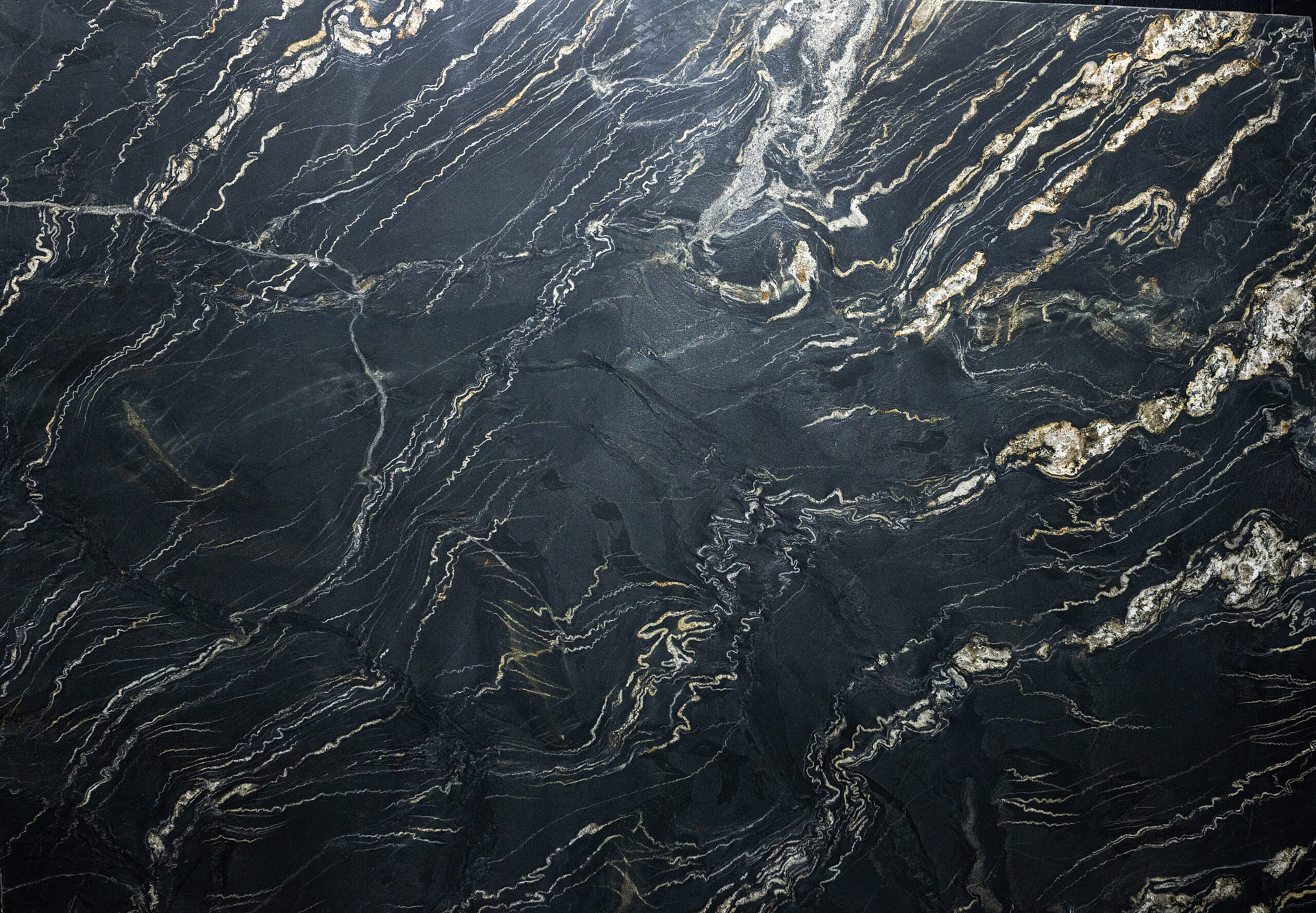Protecting Leathered Stone with Marble Armor
- Stephanie Dasch
- Jan 30
- 2 min read

A natural stone surface finish refers to the treatment or process applied to the surface of natural stone to achieve a particular texture, appearance, and functional property. These finishes are used to enhance the aesthetic appeal, durability, and slip resistance of the stone for various applications.

Leathered Stone
Leathered stone is achieved by applying diamond-tipped brushes to a stone surface. This type of treatment is designed to create a soft, textured appearance that resembles leather. This method typically uses stones with natural holes, such as travertine, certain marbles, and some granites. During the leathering process, the edges of these holes are refined to achieve a smooth look, enhancing the stone’s tactile quality. The term “leathered” is derived from the Persian word چرمی (pronounced Charmi), which evokes the texture of leather.
The leathered finish is available in two variations: Polished Leather and Honed Leather. The Polished leather finish combines the textured feel with a shiny appearance, giving the stone a unique, glossy look while retaining its characteristic undulations. On the other hand, the Honed Leather finish maintains a matte look, providing a softer, subtler aesthetic. Both types of leathered finishes add a sophisticated, timeless appeal to stone surfaces, making them a popular choice for various architectural and design applications.
Applying Marble Armor to Leathered Stone
Marble Armor can be applied to stone surfaces with a leathered finish. This is due to the malleable nature of the product, enabling it to penetrate crevices and conform to raised areas, thereby providing protection while preserving the textured aesthetic of the stone.














Comments